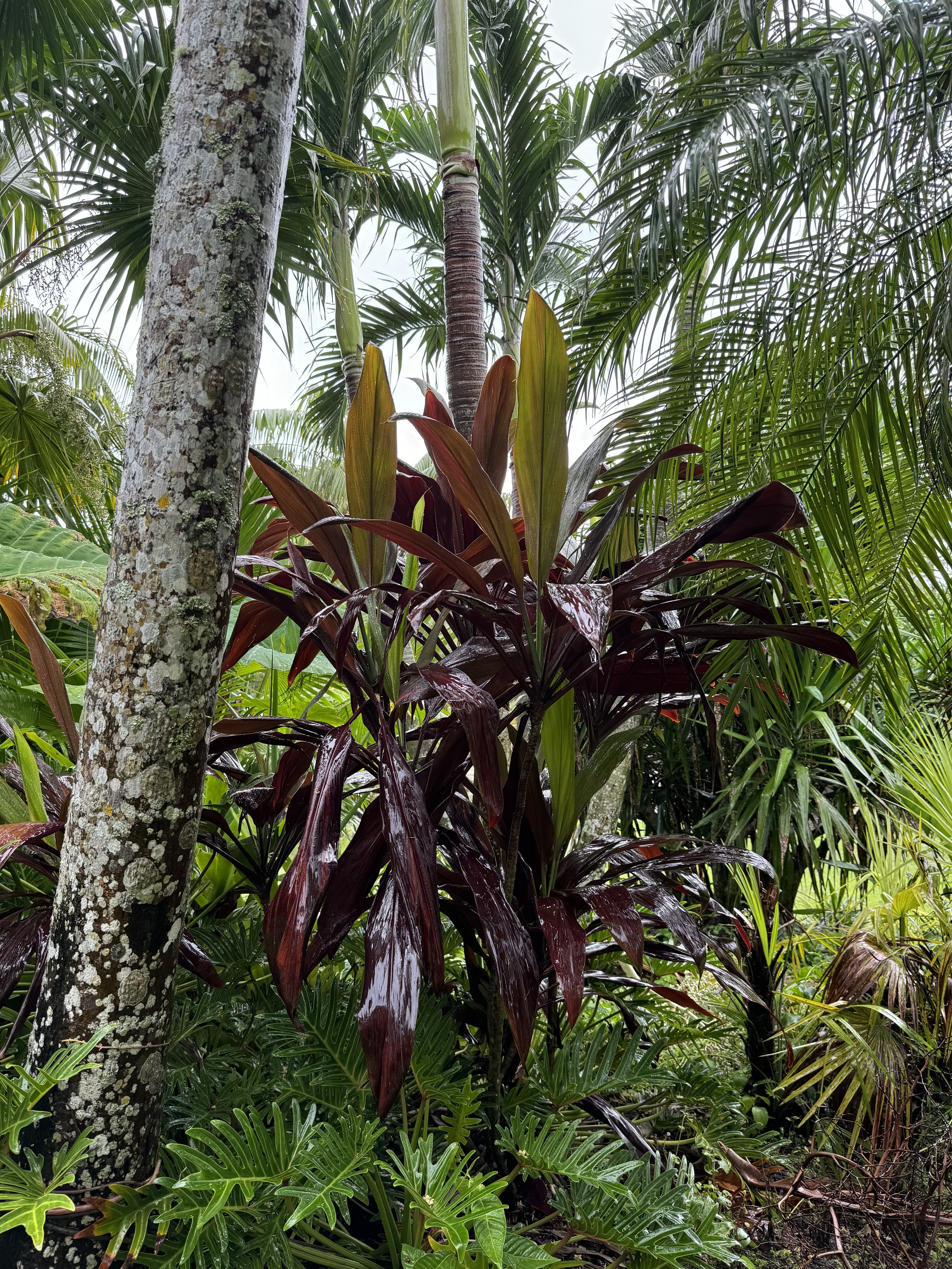Plant Care
Light
Outdoor: The Red Ti Plant prefers bright, indirect light to partial shade. It thrives in morning sun with protection from the intense afternoon sun, which can scorch its leaves.
Indoor: Place your Red Ti Plant near a bright window, such as an east or west-facing window, where it can receive plenty of indirect sunlight. It can tolerate lower light conditions, but its colors may not be as vibrant.
Water
Soil Moisture: Keep the soil consistently moist but not waterlogged. Water when the top inch of soil feels dry. Ensure the plant is in well-draining soil to prevent root rot.
Frequency: Typically, watering once a week is sufficient, but adjust based on your environment and the plant’s needs. Reduce watering in the winter when the plant's growth slows.
Soil
Use a well-draining potting mix. A blend of peat moss, perlite, and potting soil works well. Red Ti Plants prefer slightly acidic soil (pH 6.0-6.5).
Temperature
The Red Ti Plant thrives in warm temperatures between 65-85°F (18-29°C). It is sensitive to cold and should be kept away from temperatures below 50°F (10°C). Protect it from drafts and sudden temperature changes.
Humidity
This plant enjoys high humidity. Average household humidity levels are usually sufficient, but it will benefit from additional humidity in dry environments. Mist the leaves regularly, use a humidifier, or place a humidity tray nearby.
Fertilization
Feed your Red Ti Plant every 4-6 weeks during the growing season (spring and summer) with a balanced, water-soluble fertilizer. Reduce fertilization in the fall and winter when growth slows.
Pruning and Maintenance
Prune to remove dead or yellowing leaves to maintain the plant’s appearance and health. Trim leggy growth to encourage a fuller shape.
Keep leaves clean by wiping them with a damp cloth to remove dust and prevent pests.
Pests and Diseases
Red Ti Plants can attract spider mites, mealybugs, and scale insects. Treat infestations with insecticidal soap or neem oil.
Ensure proper watering to prevent fungal diseases and root rot. Avoid overhead watering to reduce the risk of leaf spot diseases.
Repotting
Repot your Red Ti Plant every 2-3 years or when it outgrows its container. Choose a pot that is slightly larger than the previous one and has drainage holes. Refresh the soil to provide new nutrients.
Propagation
Red Ti Plants can be propagated through stem cuttings or division.
Stem Cuttings: Cut a healthy stem and remove the lower leaves. Place the cutting in water or soil until roots develop.
Division: Separate the plant at the root ball and plant the divisions in separate pots.
Additional Tips
Non-Toxic: The Red Ti Plant is considered non-toxic to pets and humans, making it a safe choice for households with animals and children.
Color Maintenance: To maintain the plant's vibrant colors, ensure it receives adequate light and humidity, and avoid exposure to cold temperatures.
By following this care guide, your Red Ti Plant will thrive, adding a splash of tropical color and beauty to your home or garden. Enjoy the easy-care elegance of this stunning plant!





